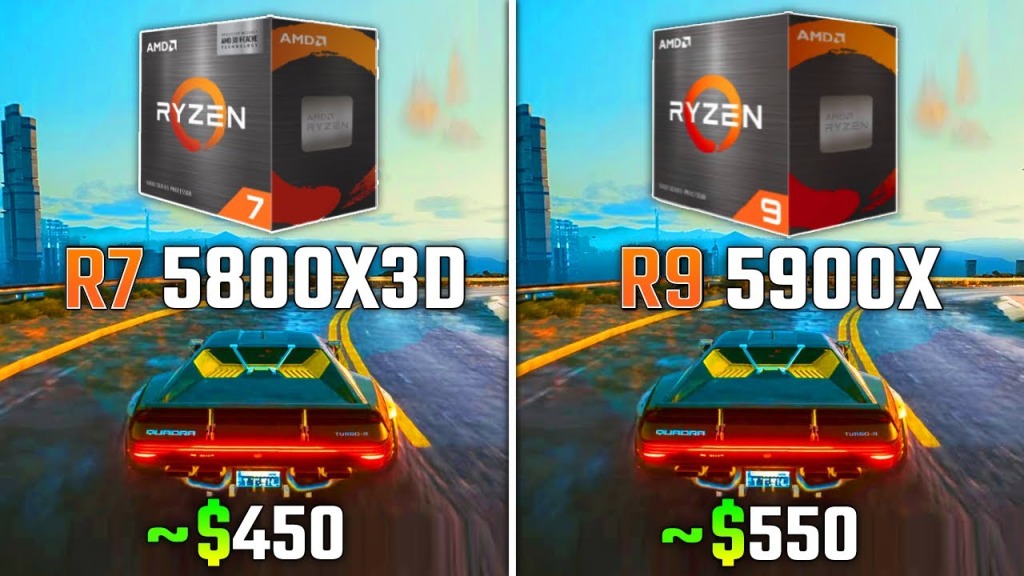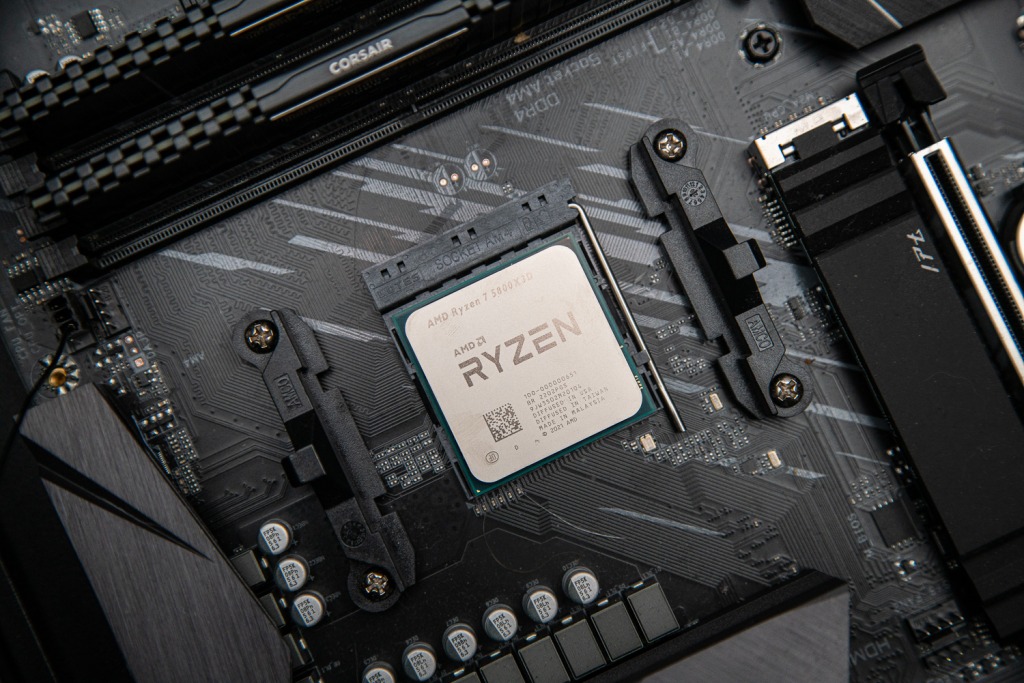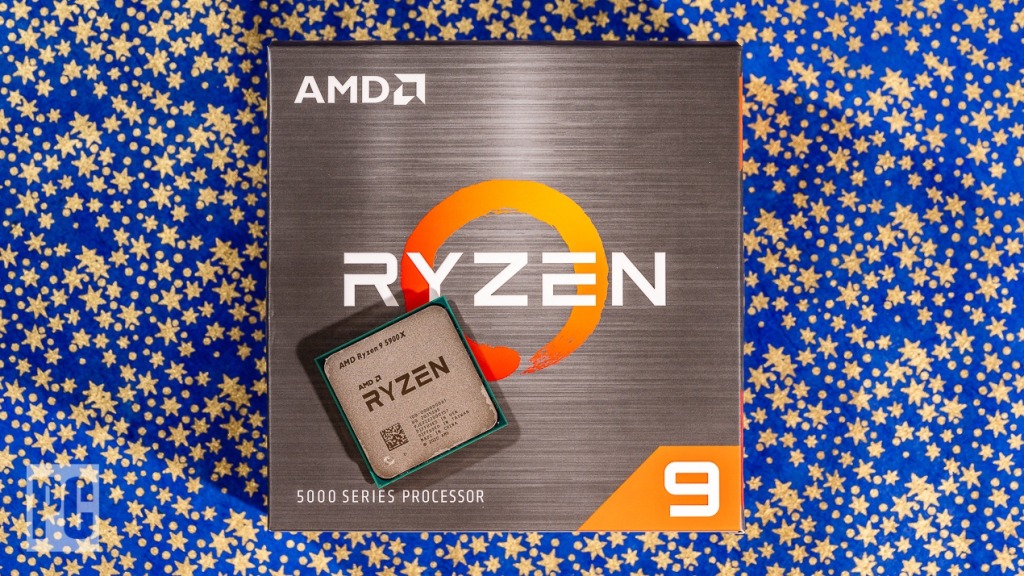
As a tech enthusiast and a self-proclaimed computer hardware aficionado, I’ve always been fascinated by the world of processors. The realm of AMD Ryzen CPUs, in particular, has been a source of awe and admiration for many PC enthusiasts, myself included. Today, I’m delving deep into the technical nuances of AMD’s latest offerings: the Ryzen 5800X3D and the Ryzen 5900X. These processors are not for the faint of heart; they are meant for those who crave the utmost performance and precision in their computing experience. So, without further ado, let’s pit these titans against each other in a battle of clock speeds, core counts, cache sizes, and more, and decide which is better between the 5800x3d vs 5900x.
Architecture and Process Node – Differences Between the 5800x3d and 5900x

Before diving into the technical comparisons, it’s essential to understand the architectural foundations of these processors. Both the AMD Ryzen 5800X3D and the AMD Ryzen 5900X are part of the Zen 3 architecture, which has received critical acclaim for its performance improvements and efficiency.
The key difference between the 5800x3d vs 5900x is the process node technology. The Ryzen 5800X3D is built on a 6nm process, while the Ryzen 5900X uses a 7nm process. Theoretically, a smaller process node (in this case, 6nm) should allow for better power efficiency and thermal performance. However, real-world performance is dictated by various factors, so let’s move on to a deeper comparison.
Core and Thread Configuration
One of the most critical aspects of any CPU is its core and thread configuration, says HP. The Ryzen 5800X3D comes with 8 cores and 16 threads, while the Ryzen 5900X boasts 12 cores and 24 threads. This difference in core and thread count can have a significant impact on multi-threaded performance, especially for tasks that can utilize multiple cores effectively, such as video editing, 3D rendering, and scientific simulations.
Clock Speeds
Clock speeds play a pivotal role in determining a processor’s performance, especially in single-threaded tasks. Here’s a breakdown of the clock speeds of these two processors:
- Ryzen 5800X3D: Base Clock 3.4 GHz, Boost Clock up to 4.5 GHz
- Ryzen 5900X: Base Clock 3.7 GHz, Boost Clock up to 4.8 GHz
The Ryzen 5900X has a slight advantage in both base and boost clock speeds, which can translate into better single-threaded performance. However, the Ryzen 5800X3D is no slouch and can still handle most single-threaded tasks with aplomb.
Cache Sizes
Cache sizes are often overlooked but can significantly impact a processor’s performance, especially in memory-intensive tasks. Here’s how the cache sizes compare:
- Ryzen 5800X3D: 32MB L3 Cache
- Ryzen 5900X: 64MB L3 Cache
The Ryzen 5900X boasts a larger L3 cache, which can be beneficial for tasks that require quick access to data. It can help reduce memory latency and enhance performance in applications that rely heavily on cache memory.
Integrated Graphics
Both of these processors come with integrated graphics, but the Ryzen 5800X3D takes it to the next level. It features AMD Radeon Vega graphics with 12 Compute Units (CUs) and a base clock of 2.1 GHz. This can be a significant advantage for users who want to build a compact PC without a dedicated GPU or those who need decent integrated graphics for light gaming or content consumption.
The Ryzen 5900X, on the other hand, lacks integrated graphics. If you’re planning to use a dedicated graphics card, this won’t be an issue. However, if you’re building a small form-factor PC or need a backup display solution, the Ryzen 5800X3D’s integrated graphics could be a game-changer.
Thermal Design Power (TDP)
TDP is an important consideration, especially for those who prioritize power efficiency or plan to use air cooling solutions. Here’s how the TDP values compare:
- Ryzen 5800X3D: 105W TDP
- Ryzen 5900X: 105W TDP
Both processors have the same TDP, meaning they should have similar thermal characteristics and can be cooled effectively with the same cooling solutions.

Overclocking Potential
Overclocking is a favorite pastime for many enthusiasts. Both of these processors are unlocked, meaning you can overclock them to squeeze out extra performance. However, the Ryzen 5900X, with its higher core count, might benefit more from overclocking, especially in multi-threaded workloads.
Price and Availability
At the time of writing, pricing and availability can vary significantly due to market fluctuations and supply constraints. However, typically, the Ryzen 5800X3D tends to be slightly more affordable than the Ryzen 5900X (source), making it an attractive option for budget-conscious enthusiasts.
Real-World Performance
Now that we’ve dissected the technical specifications, it’s crucial to consider how these processors perform in real-world scenarios. Benchmarks are invaluable tools for comparing processors, but they don’t always tell the whole story. Factors like software optimization, motherboard compatibility, and specific workload requirements can all influence which processor is the better choice for you.
In single-threaded tasks, the Ryzen 5900X holds a slight edge due to its higher clock speeds. However, for multi-threaded workloads, such as video rendering or 3D rendering, the Ryzen 5900X’s additional cores and threads give it a clear advantage. The Ryzen 5800X3D, with its integrated graphics, is an intriguing option for small form-factor PCs and HTPCs (Home Theater PCs).
My Verdict – 5800x3d vs 5900x
Choosing between the 5800x3d vs 5900x is no simple task, and the “better” processor depends entirely on your specific needs and priorities.
If you’re primarily into gaming, content consumption, or general productivity tasks, and you’re on a budget, the Ryzen 5800X3D could be an excellent choice. Its integrated graphics and competitive single-threaded performance make it a versatile option.
On the other hand, if you’re a content creator, 3D rendering artist, or someone who regularly tackles demanding multi-threaded workloads, the Ryzen 5900X’s additional cores and threads offer superior performance.
Ultimately, both of these processors are formidable in their own right and can deliver outstanding performance for various use cases. Your choice should align with your specific requirements, whether that’s gaming, content creation, or a balance of both.
In the world of high-end computing, there’s rarely a one-size-fits-all solution, and the Ryzen 5800X3D and Ryzen 5900X exemplify this diversity of options. Regardless of your choice, you can rest assured that you’re getting a CPU that’s part of AMD’s illustrious Ryzen lineup, offering top-tier performance and innovation.
As technology marches forward, the battle between these Ryzen titans reminds us that the future of computing is indeed a thrilling one. So, whether you opt for the Ryzen 5800X3D or the Ryzen 5900X, prepare to be amazed by the raw power and capabilities that these processors bring to the table.
Make sure you also read our 12600k vs 5800x3d article…
Last Updated: September 11, 2023




















